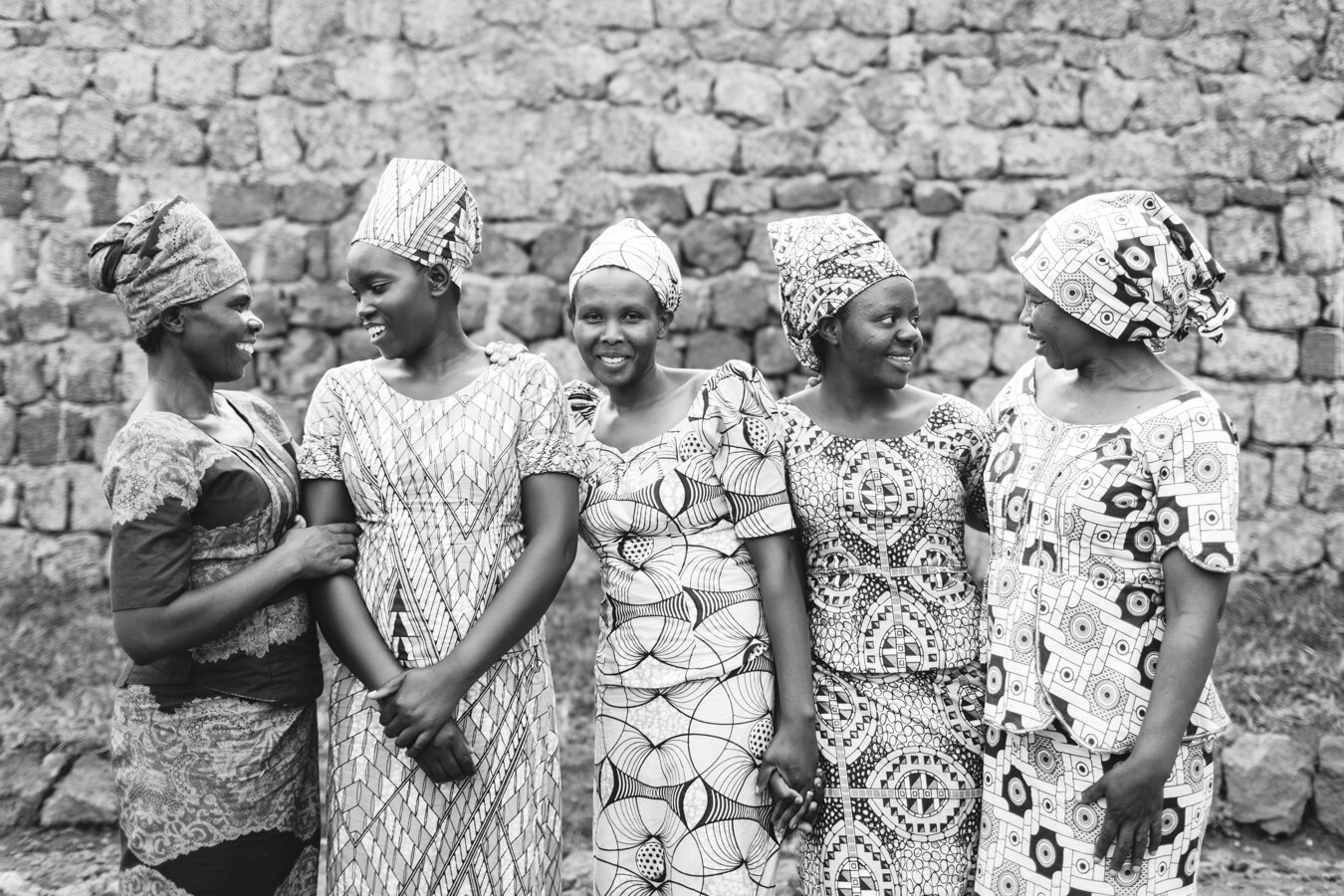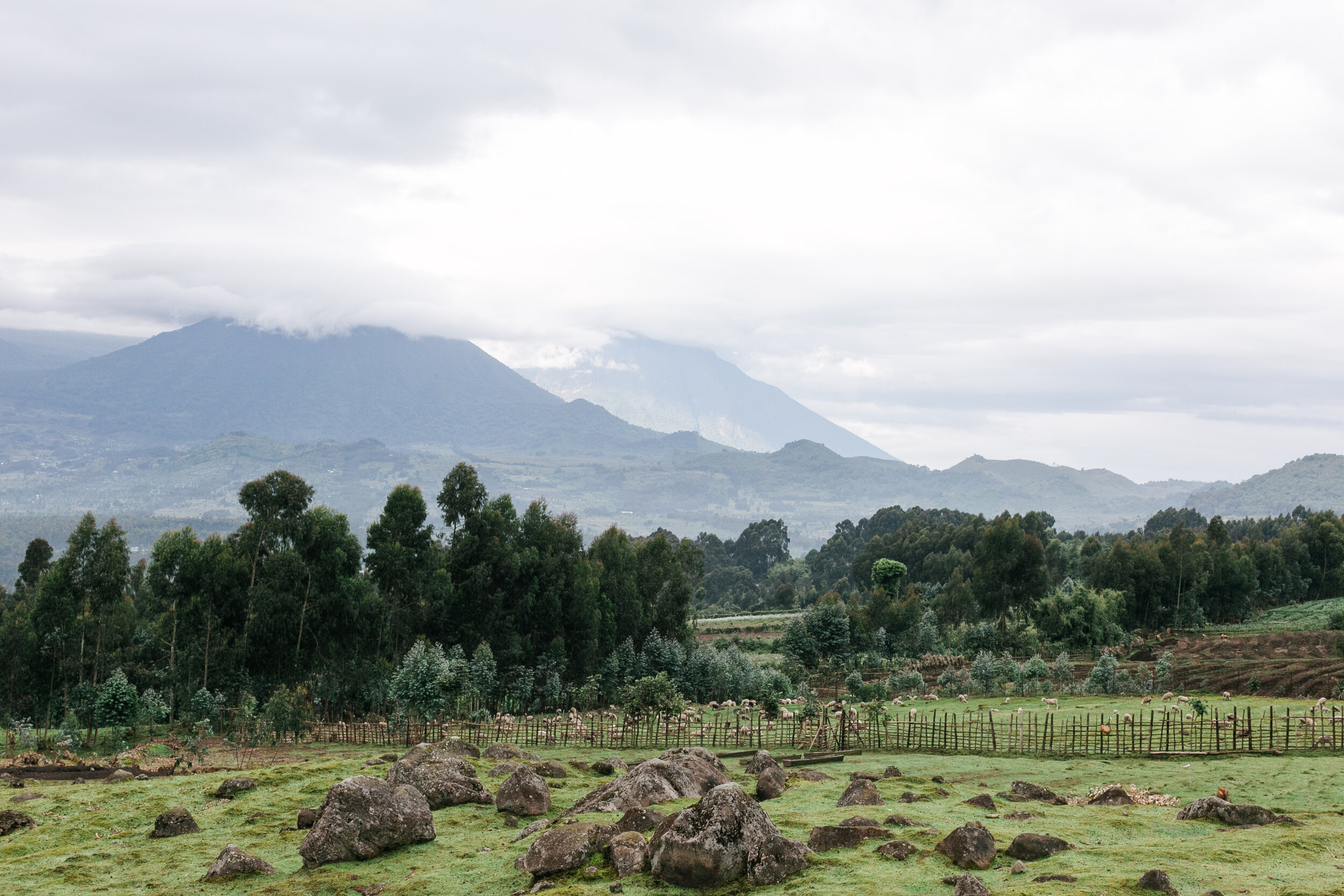About Rwanda
Post-colonial Rwanda was shaped by the 1994 Genocide against the Tutsi. Standing as one of the swiftest episodes of mass murder the world has seen, nearly one million Rwandans were killed in a 100-day period. The aftermath of the genocide resulted in not only a massive loss of life, but the complete decimation of national infrastructure. In 1994, no schools, hospitals, factories or government departments were functioning. Rwanda's new government was faced with the tremendous task of stabilizing the country and rebuilding it.
In spite of this massive restructuring task, Rwanda has made significant development economically and socially, yet the need for recovery at all levels of society and in the hearts of the Rwandan people remains.
Today, 30 years after the genocide, the socioeconomic impact of those horrific 100 days still lingers. Hutu militia raped Tutsi women in a deliberate plan to use HIV/AIDS as a weapon—one that would go on killing long after the genocide ended. An estimated 11% of all women and girls living in Rwanda at the time of the genocide were victims of this concerted rape campaign. As a direct result of the death and violence in 1994, there are more than 600,000 widows living in Rwanda.
Rwanda is a small country, roughly the size of Maryland, with approximately 10 million inhabitants. There are 4.2 million children in Rwanda; 700,000 are orphans and 27,000 of those are living with HIV/AIDS.
Now is a critical time to move forward economically and socially in Rwanda to care for those still suffering from the devastating effects of the genocide, and to ensure this violence never happens again.




